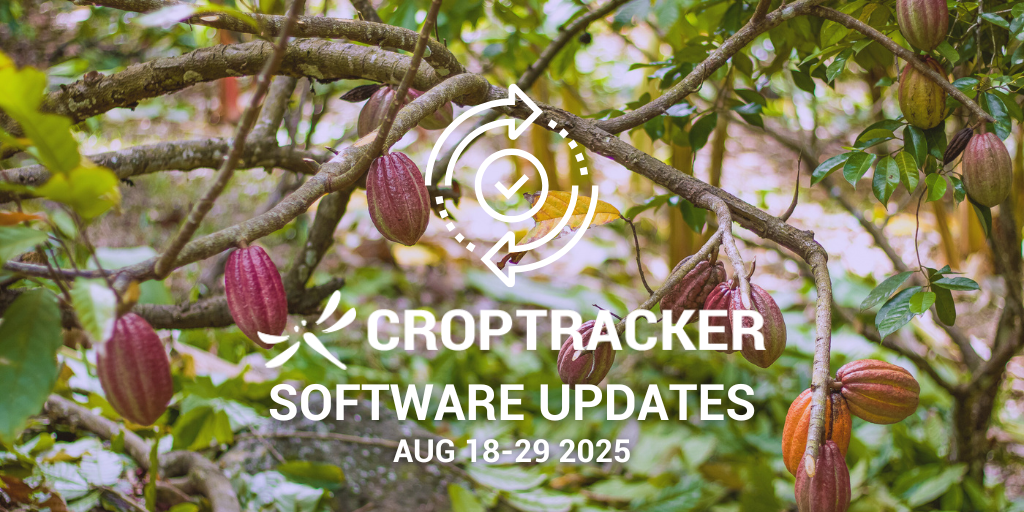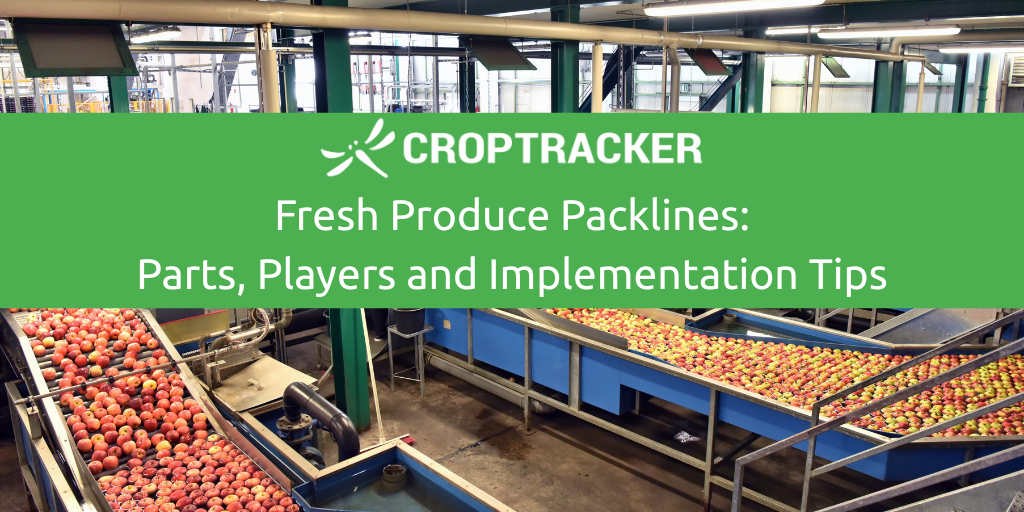In this Croptracker Use Case article we will be highlighting our bucket and bin tracking harvest workflows that allow for both detailed employee productivity tracking, and large harvest container inventory tracking using the Punch Clock/Production Practice and Harvest modules. In previous use case articles we have talked about how Croptracker can help quickly and accurately link field packed pieces to pickers. This workflow works to provide harvest inventory traceability at a larger, manageable, level for shipping, storage and packing teams, while ensuring labor efficiency and costs can be tracked accurately to the picker.

Croptracker software updates and fixes from the second half of August include expansions of new reports and some new crop type additions to support new customers. Read on to learn more and get in touch with us at support@croptracker.com for more information.
The current apple and pear harvest season is defined by a dichotomy of abundance and adversity. In North America, a projected large apple crop, led by a record harvest in Washington State, is colliding with market oversupply, stagnant domestic demand, and crippling cost increases. This has created a critical financial squeeze, forcing some growers to consider drastic measures like orchard removal.

At Croptracker, we work with customers to help optimize their produce packing for traceability, improved logistics and sales and this often involves working with ‘packlines’. In the fresh produce industry, a 'packline' is a dedicated facility or system where harvested fruits and vegetables are processed, sorted, and packed for distribution to consumers.
Packing is a critical step that occurs after the product is picked from the field and before it is shipped to markets, grocery stores, or restaurants. However, not all packing operations are equal, in fact, most are pretty unique and custom built. In this article we take a look at the main components of a produce packline, who are the major players in the industry and explore some of the things to consider when considering implementing or updating a packline.
Let our expert staff walk you through the Croptracker system, and answer any questions you have.
We are here to help.